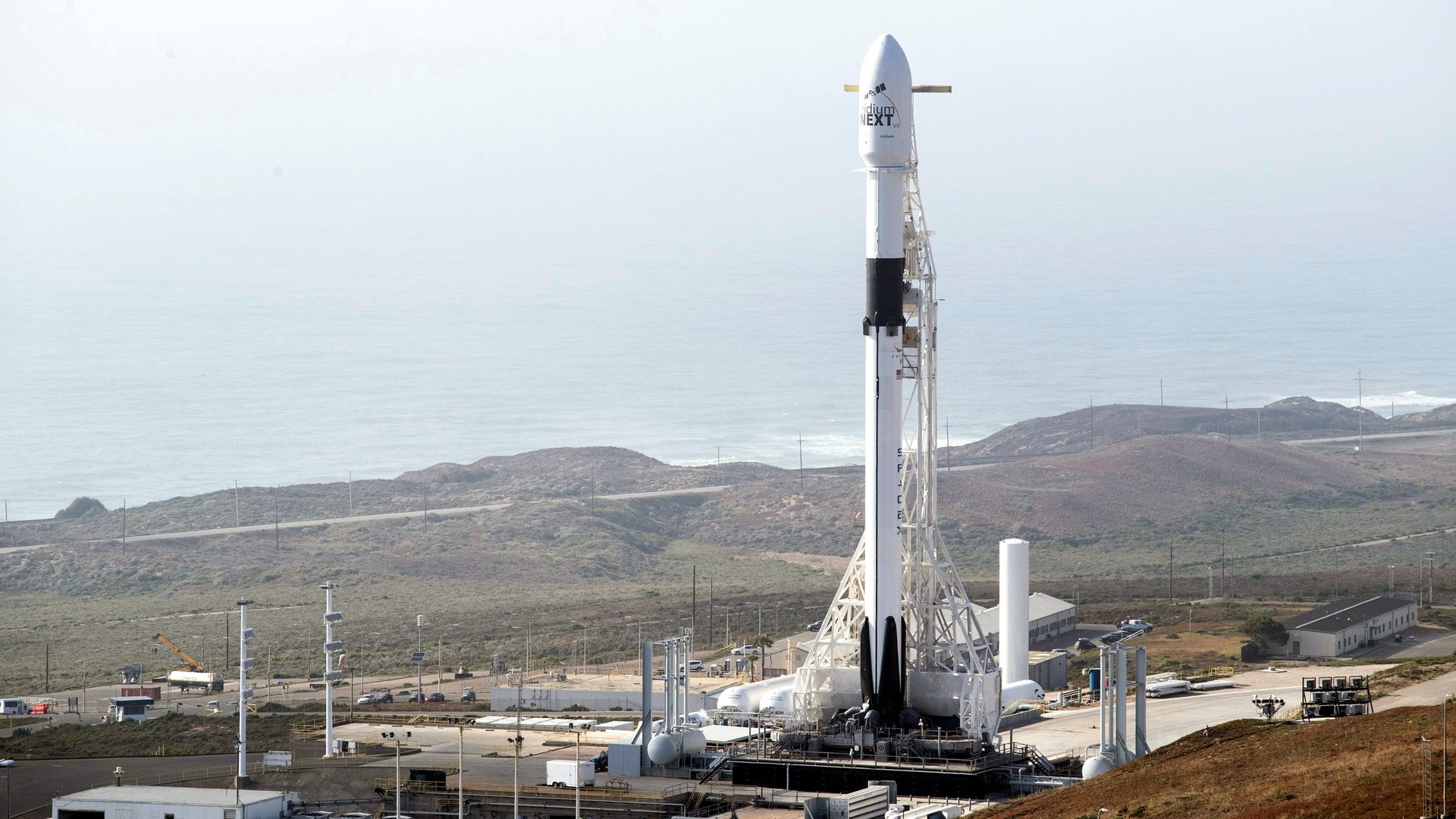SpaceX builds out satellite network with a milestone launch
SpaceX flew a reusable rocket booster for the fourth time, a milestone in space vehicle reusability. The rocket launched 60 spacecraft to expand the company’s orbital broadband network.


SpaceX flew a reusable rocket booster for the fourth time, a milestone in space vehicle reusability. The rocket launched 60 spacecraft to expand the company’s orbital broadband network.
Elon Musk’s space firm is launching thousands of satellites for a network called Starlink, which he hopes will compete with terrestrial internet providers to offer broadband connections to consumers. Today’s launch means Musk is now operating one of the largest spacecraft fleets in orbit, with about 117 satellites orbiting the planet.
SpaceX isn’t the only firm trying to build a huge satellite internet network, but it is the only firm that also builds reusable rockets. That advantage allows it to move faster than competitors like OneWeb, which just delayed a launch until January, or Telesat, which is still debating who will build its spacecraft.
After most Falcon 9 launches, including this one, SpaceX’s rocket boosters return to Earth to land on sea-going drone ships or landing pads. It is the only rocket in the world that can do this; other boosters are discarded into the ocean after each launch. While the costs of the rocket business are opaque, it’s likely SpaceX is saving tens of millions of dollars compared to its satellite rivals, which also include Amazon’s proposed Kuiper network.
The launch also featured, for the first time, the re-use of the protective nosecone, called a fairing. That expensive carbon fiber shell was recovered after flight by two ships rigged with large nets, saving the company $8 million.
While reusability has always been linked to Musk’s far-flung space aspirations, the immediate value of the system is now being proved in the more prosaic business of telecommunications. The serial entrepreneur has said that the goal of building this broadband network is to generate cash to fund a voyage to Mars.
Still, questions remain about how effective SpaceX’s fast-moving spacecraft will be at delivering high-speed internet in different markets, and how his company will navigate the thicket of global telecom regulations. The first attempts at satellite internet were undercut by mobile telephone networks. But even in the face of 5G and fiber optics, SpaceX is betting that demand for connectivity is only going to grow in the years ahead.
“We do have crappy internet,” SpaceX’s president, Gwynne Shotwell, argued in October. “Does everyone like their internet? Anyone? Nope. Anybody paying less than like 80 bucks a month for crappy service? Nope. Okay. There we go. That’s why we’re gonna be successful.”
Six more flights of 60 spacecraft—for a total of about 480 satellites—will be needed for initial coverage in the middle latitudes, Shotwell said. That could happen by mid-2020 if SpaceX returns to a faster launch pace. This year will be the slowest of the last three due to delays in its mission to fly astronauts for NASA and several other payloads, including a GPS satellite, facing schedule issues of their own.
The nascent Starlink network now provides internet connectivity to SpaceX’s Redmond satellite office, a pilot consumer terminal that enables Musk to tweet from his house. In another ongoing test, the US Air Force has received 650 Mbps of connectivity in the cockpit of a moving plane.
Shotwell says the company is still exploring partnerships with telecom providers as it figures out how to get its product into the hands of paying customers. But she said SpaceX was prepared to expand to include the kinds of sales and tech support provided by traditional telecoms, hoping that careful engineering can limit the need for an extensive array of technicians.
“Consumers, hopefully, are going to receive a box from SpaceX and it will have the user terminal and a cord,” Shotwell said in October. “We’re going to make it as easy as we possibly to plug the cord into the terminal, and the terminal either out of window on a roof or out on a kind of pole in your yard. We still have a lot of work to do to get that right. Just knowing Elon, he likes everything to be beautiful, right? It will be beautiful for a terminal on your house.”